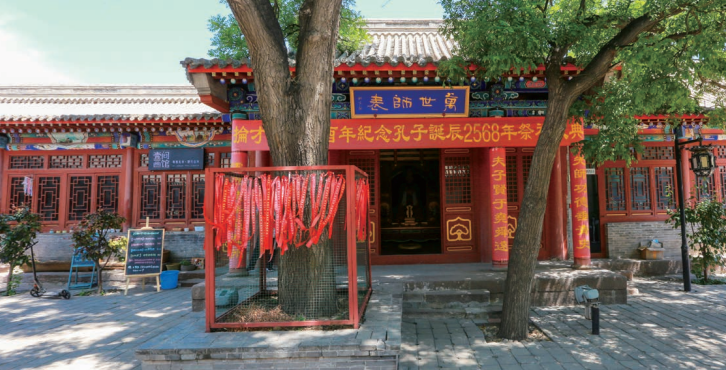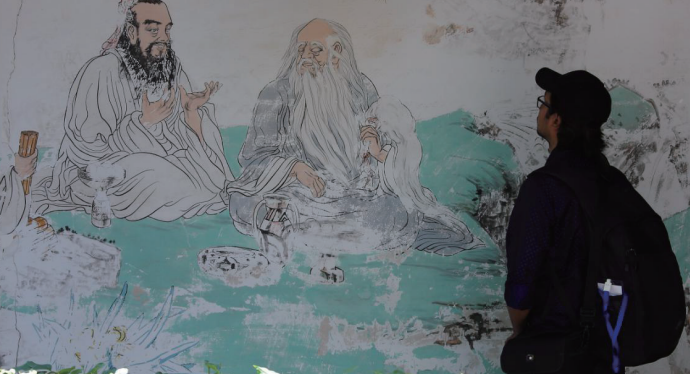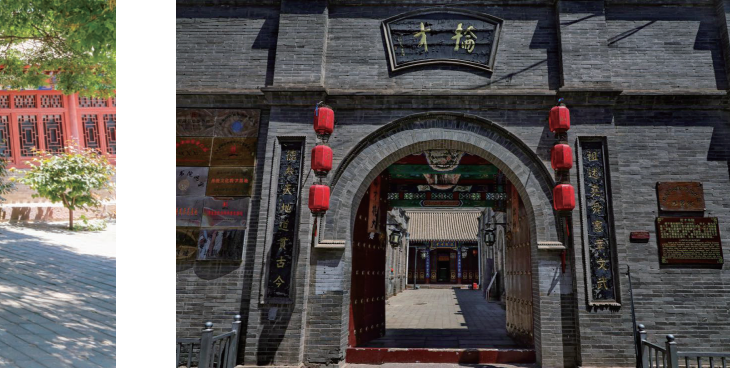
Listen to the guide introducing about Zhangjiakou Fort
Zhangjiakou Fort is national key cultural relics protection units. Built in the 4th year of Xuande of the Ming Dynasty (1429), it is the birthplace of Zhangjiakou City, located in the west bank of Qingshui river in the downtown center. Zhangjiakou Fort was a very important military fort along the Great Wall. In late Ming Dynasty, it began to be called “Wucheng” or “Xiapu”. After the middle and late Qing Dynasty, with the development of the city brought by the trade of Zhangku Avenue, the fort city was gradually encircled, forming the present “Puzili”. Zhangjiakou fort is 590 meters long from east to west and 327 meters long from north to south, covering an area of 192,93 square meters. The layout of the block inside the fort basically maintains its original historical appearance, with 21 streets and alleys of all sizes and 478 courtyards. The buildings are mainly bungalow quadrangle courtyards, and there are some traditional two-storey buildings. The well-preserved Ming and Qing buildings include Yuhuang Pavilion, Wenchang Pavilion, Guandi Temple Theater Building, Guandi Temple Hall, General’s Office, Xiguan Mosque, and Luncai Academy. Many banks gathered in Zhangjia Kou Fort in Qing Dynasty. There are many bank building in Qing Dynasty and Republic of China, which is the witness of the flourishing of Zhangku Avenue. It once controlled the financial trend of Chahar Region, inffuenced the financial dynamics of the whole country and the development of economy and trade in Russia and Mongolia, and has a historical status as a political, economic and military important town in northern China.

Tradition and modernity

History is written everywhere
According to the records of wanquan county, Luncai Academy was built in 1878, with donation from celebrities. At that time, Mu Tushan, Chahar Governor and Yin Kaixian, Magistrate of Wanguan County invited gentlemen to donate. It is the only modern academy that has been completely preserved, and also the first university in the modern history of Zhangjiakou.

Lun Cai academy

Al-Amin Chowdhury Jason stopped at the picture of Confucius






 京公网安备
京公网安备